Stroke prevention, treatment, and research topic of NICHD May podcast
In the May NICHD Research Perspectives, NICHD researchers and grantees discussed how to reduce the risk for stroke, current stroke treatments, and research on how best to rehabilitate stroke patients.
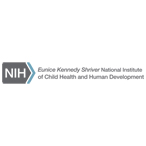
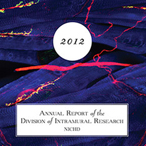
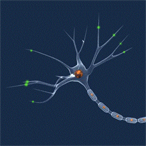
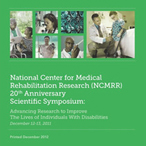
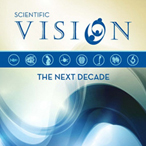
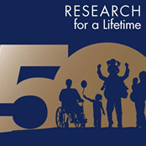
 BACK TO TOP
BACK TO TOP